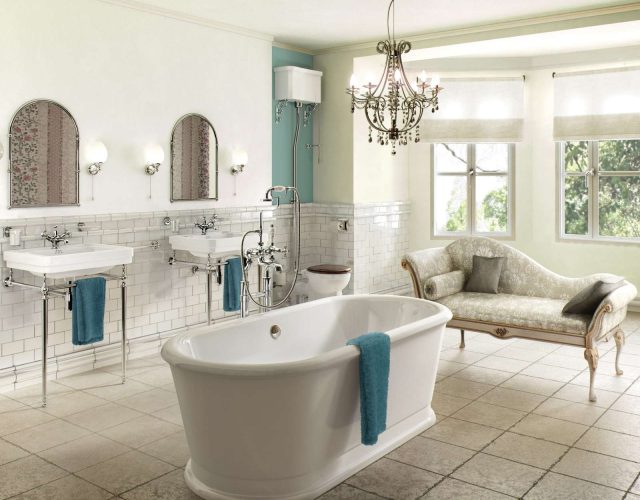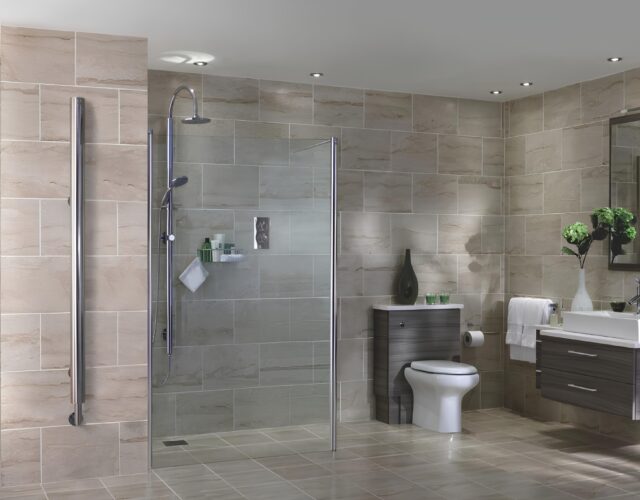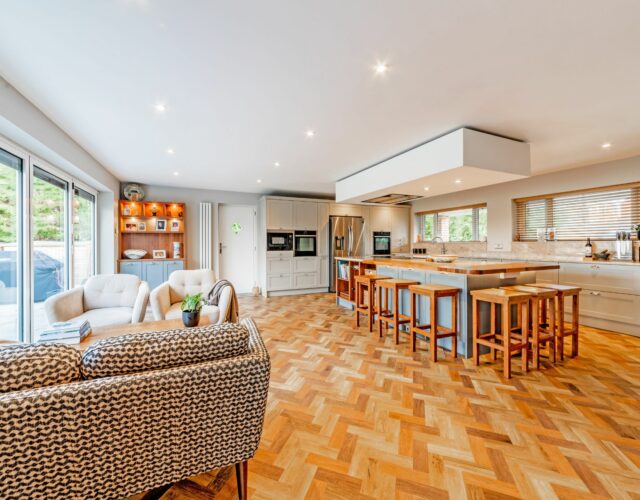How Have Bathrooms Changed Over The Years?
Just as many other places in the home Bathrooms have responded to changing tastes and trends over the years. We’re taking a look back across the years at some of the changing trends of a typical bathroom. If you want to learn more about bathrooms then check out our learning hub!
Pre 1970s

Water heaters entered private homes in the 1870s and in the 1880s the cast iron bathtub is invented. This paves the way for the bathroom designs of the Victorian era. These would have been the preserve of the upper classes, and rather elegant in style, they have informed trends that are popular today. These include free-standing roll-top baths, black and white tiling, exposed plumbing and floor mounted cast iron radiators. While bathrooms were beginning to be installed in newly built council houses, in the 1920s bathrooms for many were still considered a luxury. Many homes still featured an outdoor toilet and taking a bath meant filling up a basin in front of the living room fireplace.
1970s

Bold colours, patterns and pastel tones reigned supreme. Who doesn’t remember the infamous avocado bathroom suite? In the 1970s bathroom, a pastel coloured bathroom suite would likely be accompanied by vibrant wallpaper or garish tiling.
1980s
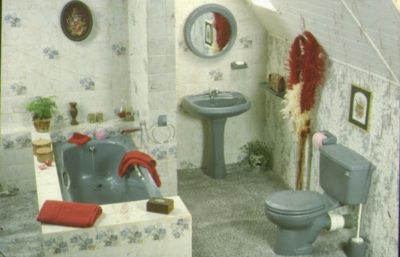
Colour schemes popularised in the 1970s continued while blue ceramics joined the fray. Bathroom designs reached increasingly lavish heights with thick shag carpets, sunken bathtubs, chintz wallpapers and curtains and, of course, your 1980s bathroom wouldn’t be complete without a generous application of decorative ferns. Throughout the 1970s and 80s style seemed to take precedence over substance, bathrooms fell short of rather basic practical concerns. We no longer put carpet in our bathrooms for some very good reasons!
1990s
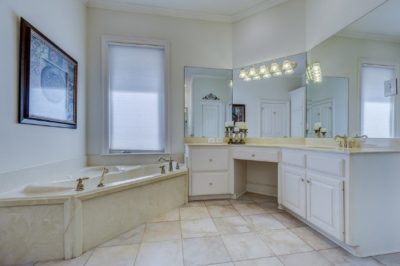
In contrast to the bold and colourful styles of the previous decades, 90s bathrooms were much more minimal. Neutral and monochrome colour schemes took centre stage and bathroom lighting improved in leaps and bounds with the addition of track lighting. However, the 1990s weren’t completely without controversy, wood panelling was rather popular and corner baths were the unfortunate luxury bathroom feature of the decade, but they didn’t quite live up to expectations and thankfully they have stayed in the 90s.
2000s

Mercifully, the white bathroom suite that we’ve all come to know and love was firmly the norm by the 2000s. Two quite different approaches were taken to bathroom design in this decade. One focused on the shabby chic and themed bathroom and the other on creating the modern spa-like interior we’re familiar with today. Shabby chic and themed bathrooms included upcycled furniture and rustic vanities, bold feature walls and décor often tending towards the nautical.
2010s
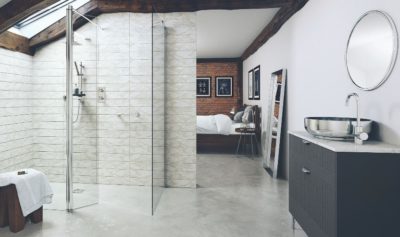
What we learnt about modern minimalism in the 00s we gracefully adopted and improved upon in 2010. Wet rooms and sleek modern free-standing tubs became a familiar sight, alongside tasteful white, grey and neutral décor. Natural stone tiles brought a touch of luxury, perfect for accentuating that desirable spa-like ambience. The modern bathroom is much more focused on practicality, with smart storage, floating vanities and easy to clean finishes being up there on our wishlists right next to the most stylish features.
2020s
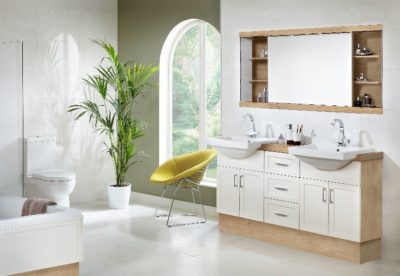
What have we got in store for our bathrooms in 2020? While elegant and sophisticated minimalism looks set to stay, we are also looking back over the past decades to select some of our favourite elements to incorporate into a contemporary style. Mosaic and patterned tiles, wallpaper feature walls, vintage inspired furniture and botanicals are working their way into our modern spaces to add character and charm to the next era of bathroom design.


